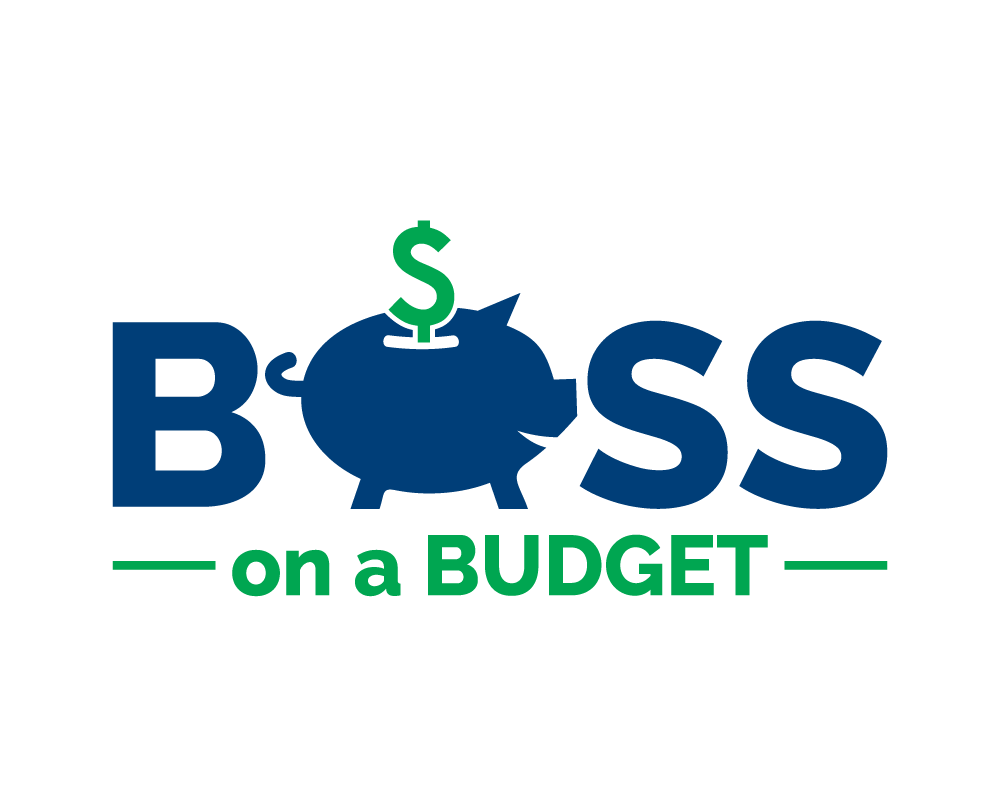How to Train Nonprofit Staff in Financial Best Practices
Your nonprofit is like a finely tuned engine, with numerous components that coordinate to keep operations running smoothly. Strong financial management is the oil that prevents this engine from seizing up, ensuring you raise enough funds and allocate them properly—from funding mission-critical work to keeping your facilities running to compensating employees.
Your financials also tell the story of exactly what’s happened in the organization during the current fiscal year.
But what happens when your staff members don’t understand the financial systems that help drive your mission forward? Lack of alignment across your team can result in confusion, missteps, or even noncompliance–and certainly misperception.
To avoid these pitfalls, your nonprofit needs a proactive strategy that equips staff with confidence and competence in financial best practices. Let’s walk through the essential steps to training a financially confident team.
1. Assess Your Organization's Financial Training Needs
It’s important to note that the goal of financial training is not to turn your entire staff into accountants. After all, you’re not an accounting firm that happens to serve a charitable purpose.
However, your organization is dependent on financial health to carry out the mission. Consequently, the relationship between mission-critical activities and accounting is interdependent and should be valued as such. Staff must understand the basics, and only the simple basics, of finances and accounting. They need to understand that the common sense they bring to their personal finances will serve them well in the organization, while the heavy lifting can be left to your nonprofit’s accountant.
So, before launching an organization-wide training initiative, understand where you are. Assess your team's understanding of financial processes. Conduct a skills inventory, considering your staff’s current financial responsibilities and confidence level with related tasks.
For example, staff from every team across the organization should know how to submit expenses for reimbursement and invoices for payment. They should know how to code all expenses to the appropriate accounts and projects, and they should know that all invoices require approvals.
Identify any gaps in employees’ knowledge of best practices to develop specific learning objectives, such as:
Improve budgeting accuracy among program managers
Increase a simple understanding of financial reports at the leadership level
Ensure staff across departments know the difference between restricted and unrestricted funds
Be diligent in attaching these learning objectives to their practical impacts. When staff are aware of the downstream effects of their financial practices, they’re more likely to take ownership. When they understand that good financial stewardship is required for sustainability, they may think twice about expenses they want to incur or creative ways to fundraise.
For example, fundraising team members can make more strategic decisions, like requesting in-kind donations to reduce fundraising costs.
2. Develop a Tailored Financial Training Program
Keeping your learning objectives in mind, develop a financial training program that addresses your organization’s unique structure and priorities. Customize content by role, ensuring that team members receive relevant and practical advice for supporting the organization’s financial sustainability through their daily activities. For example:
Executives and board members need training on financial oversight and risk management. This may include interpreting nonprofit financial statements, understanding the organization’s cash flow trends, and being prepared to identify and mitigate potential financial risks.
Program managers should understand how to manage grants and stay within budgets. This involves monitoring program spending, submitting timely financial reports, and handling mid-year budget adjustments as necessary.
Department heads should learn to review their budget-to-actual reports each month and to investigate any significant variances. These variances may be timing issues or problems that require proactive solutions.
Fundraising teams must know how to budget for events and track donor restrictions. This requires understanding fundraising costs, projections, and proper designations for incoming gifts.
Remember that not every team member needs to be a financial expert to contribute to the organization’s sustainability. Collaborate with financial professionals, whether that be your in-house accountant or an outsourced CFO, to determine what best practices are most applicable to certain staff members. Their involvement also helps build trust and a culture of shared responsibility.
3. Implement Effective Training Strategies
Even the most applicable training content won’t land if it’s not delivered in an accessible, engaging way.
Start by deciding when you’ll host training sessions. For new staff members, Chazin’s nonprofit accounting guide recommends incorporating a rundown of your nonprofit’s accounting approach into your onboarding program. For existing team members, schedule recurring check-ins where staff can refresh their memory of financial best practices.
Next, decide how you’ll structure training information. Here are some strategies to make financial training more digestible for your staff:
Break training into manageable segments. Consider creating brief videos for common tasks and standardized documentation to serve as an ongoing reference. For more complex topics, you can schedule a live session that offers in-depth training. Either way, accounting can be a heavy topic; therefore, it’s important that sessions do not exceed one hour.
Use active learning techniques. Encourage team members to ask questions and engage in open dialogue during training sessions. Simulate relevant situations staff members may encounter, such as a mid-year budget change or a unique donor restriction.
Provide contextual information. Give staff an inside look at the reasons behind your organization’s processes and standards to help them get on board with your expectations. For example, explain the overhead spending decisions your leadership team made when developing the organization’s budget.
Above all, remember that training is most effective when it’s embedded into your organization’s culture, not treated as an item on a to-do list. Look for opportunities to highlight best practices in your daily operations, such as including finance updates in all-staff meetings or creating a shared library of financial resources and policies.
Recognize participation and progress as team members engage with your training materials. For example, reward those who complete training modules or ask for their input on process improvement. Employee engagement pushes staff beyond simply retaining your training information and encourages them to become fully committed to the organization’s financial success.
4. Evaluate and Refine Financial Training Efforts
With your training program in place, you’ll need procedures for measuring its effectiveness and adjusting as needed. Monitor the program by collecting data and employee feedback, including:
Training session attendance and completion rates
Measurable outcomes related to your organization’s learning objectives (e.g., How many staff members can articulate the difference between restricted and unrestricted funds?)
Employees’ perspectives of the training’s helpfulness and applicability
Emerging challenges identified by employees that weren’t addressed in training
As new funding streams, reporting tools, and compliance guidelines surface, your training policies should adapt accordingly. Keep your nonprofit’s origins and overarching purpose at the forefront of your priorities, ensuring your training and financial practices stay mission-aligned. Your training program should reflect your organization’s mission and values; after all, it sets the tone for how finances will be handled team-wide.
Training should reflect your nonprofit’s mission, fostering a purpose-driven culture where employees see how strong financial practices contribute to broader impact. Double the Donation’s CSR statistics report shows that purpose-oriented workplaces report higher employee satisfaction, and the nonprofit sector is no exception. Team members who feel fulfilled in their roles are more likely to be invested in their work, driving better outcomes overall for the organization.
Next Steps
Effective financial training is about building capacity across your team. When each staff member understands how their role connects to the organization’s financial health, your nonprofit, its beneficiaries, and the community you serve all benefit.
A strategic approach is vital to assessing your training needs and implementing effective training. And it pays off: You’ll foster greater confidence and accountability around your financial processes. With the right training in place, your team can work with greater clarity and cohesion toward fulfilling your mission.
About the Author
Jackie McLaughlin, CPA, Quality Control and Learning Manager at Chazin & Company
Jackie is a seasoned accounting professional with over 35 years of accounting experience, 18 years specific to nonprofit accounting. She started her career as an auditor with KPMG where her client base consisted of tech startups. From there, she worked for Fortune 500 companies in audit management and internal audit.
Returning to her passion for startups, Jackie has since dedicated her training and expertise to the nonprofit sector. She is currently responsible for quality control, training, and financial reviews, through which she helps nonprofits achieve financial integrity and operational excellence.


